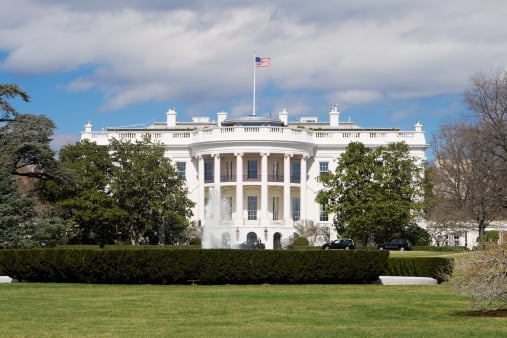The Organization for Economic Cooperation and Development (OECD) says the United States does not have a chance to hold its top spot in the world based on gross domestic product. China may pass America as early as 2016. Even worse, the GDPs of China, India and other developing nations may pass those of the G7 nations by 2030. These kinds of predictions are correct until they are not. India and China continue to have fragile growth engines, which ironically could be hurt by a slowdown in Japan and the West. Source: thinkstock
Source: thinkstock
According to the OECD’s report, Looking to 2060: A Global Vision of Long-Term Growth:
The report forecasts global economic growth of 3 percent annually, with sharp differences between the emerging-market economies, which are expected to grow at a much faster pace, and the advanced countries, which will likely grow at slower and often declining rates.
But the OECD hedges its bets early in its analysis. The OECD Secretary-General Angel Gurría remarks:
None of these forecasts are set in stone. We know that bold structural reforms can boost long-term growth and living standards in advanced and emerging-market economies alike.
In other words, the developed world could put policies in place to accelerate growth, and emerging nations could make political mistakes that might harm their expansions.
Buried in the report is this observation:
Until 2020, China will have the highest growth rate among the countries included in this study, but will be then surpassed by both India and Indonesia. This partly reflects a more rapid decline in the working-age population, and consequently in labour force participation, in China than in India and Indonesia.
China can run ahead of the U.S. and then it can be left behind in terms of key contributors to growth by India and Indonesia. But all three emerging nations have regulations in place that could cripple expansion. These governments also have shown resistance to open market systems, which leaves a large hole in the logic of which country will pass which country when.
The largest issues in the rapid growth outlook of the developing world are internal consumer demand within countries like India and a capacity to quickly increase trade. Both assumptions could be mistaken. India and its economic policies could hold back individual incomes. OECD nations may resist greater trade as a means to protect their own industrial output and to save jobs that continue to “go overseas.”
The OECD’s Looking to 2060: A Global Vision of Long-Term Growth can be taken with a number of grains of salt.
Douglas A. McIntyre
Sponsored: Find a Qualified Financial Advisor
Finding a qualified financial advisor doesn’t have to be hard. SmartAsset’s free tool matches you with up to 3 fiduciary financial advisors in your area in 5 minutes. Each advisor has been vetted by SmartAsset and is held to a fiduciary standard to act in your best interests. If you’re ready to be matched with local advisors that can help you achieve your financial goals, get started now.
Thank you for reading! Have some feedback for us?
Contact the 24/7 Wall St. editorial team.



